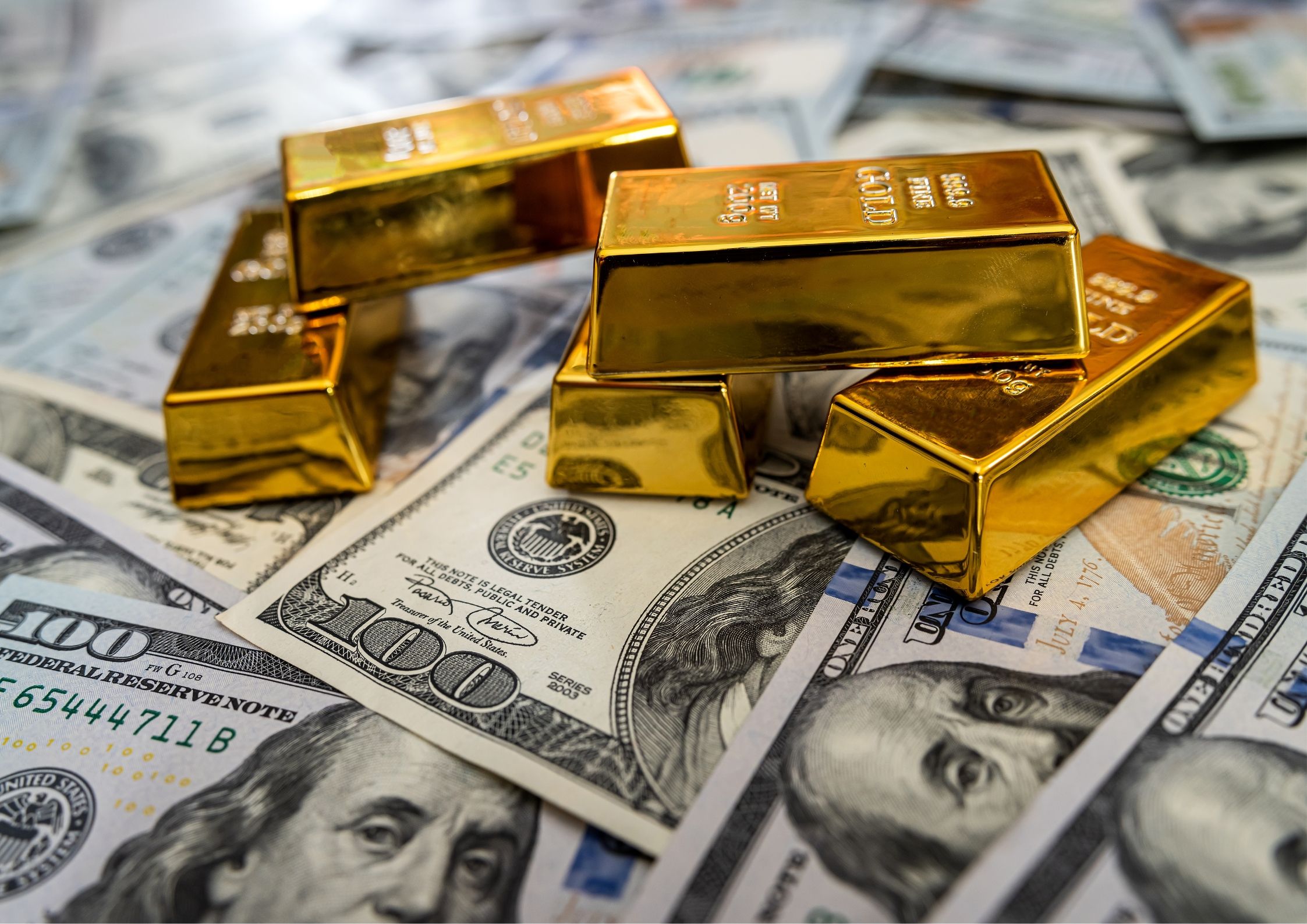Share
Homepage
News
The Impact of Tariffs on Gold Prices: In-Depth Analysis and Market Forecast
The Impact of Tariffs on Gold Prices: In-Depth Analysis and Market Forecast
17 tháng 4 2025
Tariffs and Gold Prices: A Crucial Connection in the Global Gold Market
Tariffs are a key component of international trade policy, but their impact often goes beyond the borders of import and export. One of the lesser-known but significant consequences of tariff measures is their influence on gold prices. In this article, we explore how tariffs can shape the global gold market, the mechanism of their influence, and what investors should expect in the near future.

1. What Are Tariffs and Why Do They Matter to Gold?
Tariffs are taxes imposed on imported goods and services. Governments may use them to protect domestic industries, balance trade deficits, or exert geopolitical pressure. While they are primarily economic tools, tariffs can indirectly affect commodity markets, particularly gold.
Gold is not just a luxury metal—it’s a globally traded asset often viewed as a hedge against uncertainty. Tariff-related decisions can cause ripple effects in investor sentiment, production costs, and economic indicators that ultimately influence gold prices.
2. How Tariffs Affect the Supply and Demand for Gold
a. Supply-Side Impact
Tariffs can increase the cost of gold production and export. If a country that exports large quantities of gold, like South Africa, Russia, or China, is hit by export restrictions or import duties, global gold supply can be disrupted.
This increased cost of international trade may cause delays, reduce the competitiveness of key producers, and ultimately lead to a reduction in supply, driving prices upward. For example, if the U.S. imposes tariffs on gold imports from China, the limited supply could push gold prices higher due to scarcity.
b. Demand-Side Impact
On the demand side, higher tariffs can make gold more expensive for consumers and investors in importing countries. This could reduce short-term demand—particularly for physical gold in jewelry and bullion markets.
However, in periods of heightened economic uncertainty, like during trade wars, the demand for gold often increases despite higher prices. Investors tend to view gold as a safe-haven asset, and tariff tensions only add to the sense of risk in traditional markets.
3. The Role of Trade Wars in Influencing Gold Prices
One of the clearest examples of tariff-induced volatility in gold markets was during the U.S.-China trade war between 2018 and 2020. Both nations escalated tariffs on hundreds of billions of dollars worth of goods, disrupting global supply chains and affecting investor confidence.
During this period:
Gold prices rose sharply, moving from around $1,200/ounce in 2018 to over $1,500/ounce in mid-2019.
Investors exited equities and bonds in favor of gold.
Market uncertainty fueled demand for tangible, inflation-resistant assets.
This case shows that tariffs don’t operate in a vacuum—they affect macroeconomic trends, which in turn alter how investors view and value gold.
4. Real-World Examples of Tariff Impact on Gold
Apart from the U.S.-China tensions, other geopolitical situations also support the correlation between tariffs and gold:
The Brexit process saw increased uncertainty in Europe, leading to tariff-related talks between the EU and UK. Gold demand rose in the region.
U.S. tariffs on strategic minerals and rare earths from Asia created concerns about industrial demand and inflation, further boosting gold's appeal.
In each of these situations, tariffs acted as economic shock signals, prompting investors to seek the relative safety of gold.
5. Investor Psychology and Market Reactions
It’s essential to consider how market psychology reacts to tariff announcements. Tariff policies often:
Increase inflationary pressures.
Weaken the local currency.
Trigger stock market volatility.
All three outcomes generally benefit gold, as it acts as both a store of value and a hedge against currency devaluation and market instability.
Even speculative traders often move toward gold futures during tariff flare-ups, reinforcing price surges. This cyclical behavior makes tariffs a valuable signal for gold investors to monitor closely.
6. Forecast: What Could Happen Next?
As we move further into 2025, several macroeconomic trends could reignite tariff discussions:
The U.S. and its allies are reviewing tariff structures on Chinese exports, including key commodities.
Trade frictions are rising over green energy components, rare metals, and semiconductor equipment.
Inflation remains persistent across multiple economies.
If new tariffs are introduced or existing ones are extended, especially on critical goods, gold may enter a new bullish cycle. Analysts suggest that gold could cross $3,500/ounce if tariffs continue to disrupt economic stability and investor confidence.
7. Conclusion
Tariffs may not target gold directly, but their effects on the global economy and investor behavior are undeniable. From affecting supply chains to creating uncertainty in financial markets, tariff policies have a significant indirect impact on gold prices.
As a result, staying informed on global trade policy—especially tariff announcements and negotiations—can help investors make better decisions about entering or exiting the gold market. Gold remains one of the most responsive assets to geopolitical and macroeconomic shifts, and tariffs are a critical part of that equation.
Infofinance.com
#Tariffsandgoldprices #Goldmarket2025 #Impactoftradewarsongold #Goldpriceforecast2025 #Goldassafehaven #Economicpolicyandgoldinvestment
All information on our website is for general reference only, investors need to consider and take responsibility for all their investment actions. Info Finance is not responsible for any actions of investors.